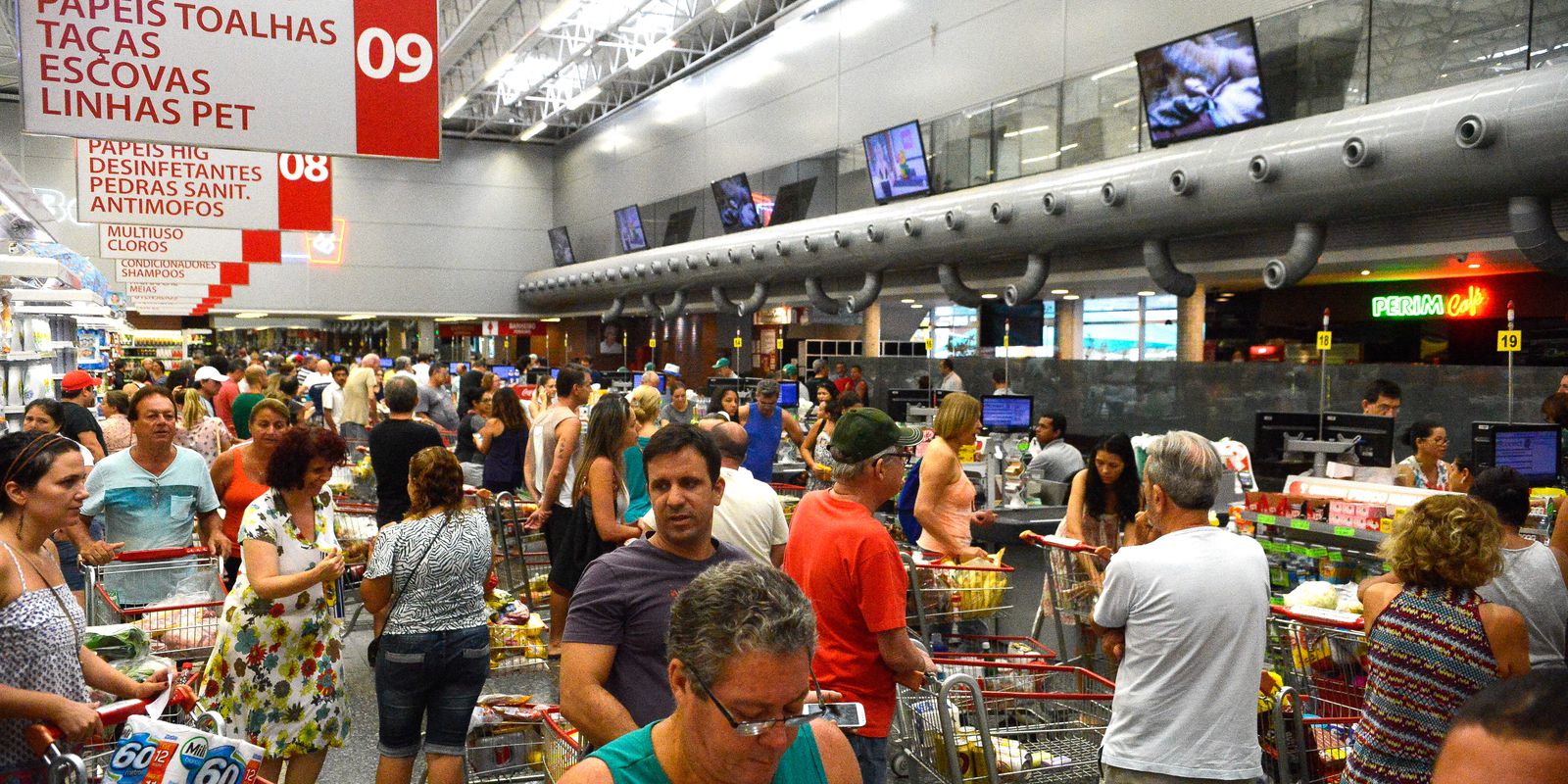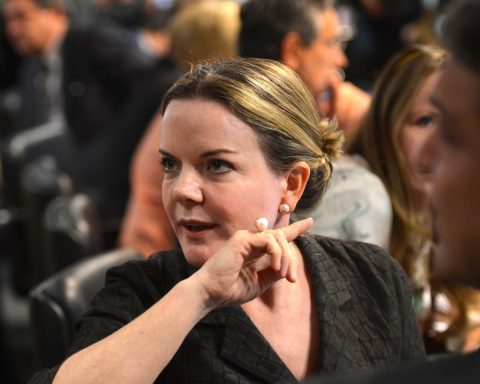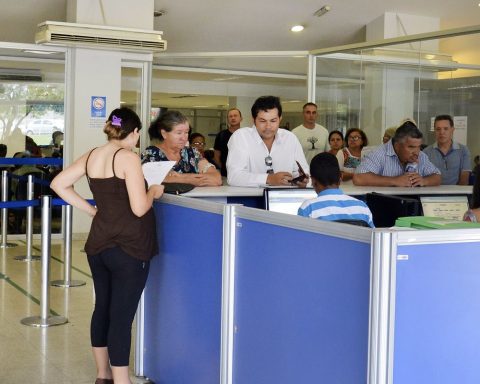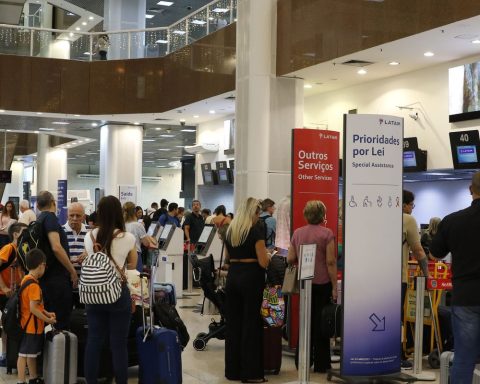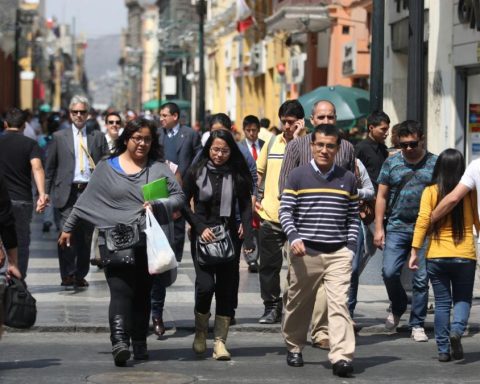Retail sales fell by 0.1% in December, but closed the year 2021 accumulating growth of 1.4% compared to 2020. The data are from the Monthly Trade Survey (PMC), released today (9) by the Brazilian Institute of Geography and Statistics (IBGE).
Thus, 2021 was the fifth consecutive year of positive results for the volume of retail sales and the result was very close to the two previous years, which recorded an increase of 1.2% (2020) and 1.8% (2019) . The last year to accumulate losses compared to the previous year was 2016 (-6.2%).
Trade had been registering growth in the first part of 2021 (6.7%), but had a sequence of falls in the second half, which ended up being closed with a 3% decline. The behavior was inverse to the year 2020, which fell in the first half (-3.2%) and increased in the second (5.1%).
“As the first half of 2020 was marked by the beginning of the covid-19 pandemic in Brazil, with the closure of trade for several months in much of the country, the basis of comparison for the first half of 2021 was low and, therefore, growth in this period was expected. The second half of 2020 was marked by the resumption of activities, while the same period of 2021 did not have so much strength for the volume of retail sales”, explained, in a note, the research manager, Cristiano Santos.
Five sectors closed the second half of the year in decline: furniture and appliances (-19.4%), books, newspapers, magazines and stationery (-9.7%), equipment and supplies for office, IT and communication (-8.6% ), fuels and lubricants (-3.1%) and hypermarkets, supermarkets, food products, beverages and tobacco (-2.6%).
Of these, four closed the year 2021 with retraction: books, newspapers, magazines and stationery (-16.9%), furniture and appliances (-7.0%), hypermarkets, supermarkets, food products, beverages and tobacco (-2 .6%) and equipment and supplies for office, IT and communication (-2.0%).
“The activity of furniture and appliances also had a fall from November to December (-17.6%). The activity recorded seven consecutive months of negative results in the inter-annual comparison, having had the greatest impact (-1.8 percentage points) on total retail for the year. The loss of 7% in relation to 2020, reverses the upward trend (10.6%) recorded in the transition from 2019 to 2020 in relation to 2019”, said Santos.
According to the researcher, the segment is still experiencing difficulties in adapting to the rearrangement in consumption that occurred for these products because of the pandemic. “There was an anticipation of purchases by consumers, which resulted in rapid growth followed by a fall. In addition to this displacement of consumption, the sector suffers interference from the rise of the dollar and the reduction of income and, therefore, of the consumption power of the population”, he said.
On the other hand, pharmaceutical, medical, orthopedic, perfumery and cosmetic articles (4.3%), textiles, clothing and footwear (3.8%) and other articles for personal and domestic use (0.7%) had positive results. compared to the second half of 2020. These activities also ended the year with positive results (9.8%, 13.8% and 12.7%, respectively), as well as fuels and lubricants (0.3%)
“In general, the volume of retail sales is approaching the pre-pandemic level. Since some sectors are already well above, as is the case of pharmaceutical articles, which has been growing for five years. On the other hand, the activities of books, newspapers, magazines and stationery and of equipment and supplies for office, information technology and communication are still well below”, said Santos.
Expanded retail, which includes vehicles, motorcycles, parts and pieces and construction material, ended 2021 with an accumulated growth of 4.5%, reversing the 1.4% loss recorded in 2020. From November to December 2021 , in the seasonally adjusted series, the volume of broad retail sales registered a change of 0.3%.
“Inflation continues to have an impact on indicators, since the change in nominal retail sales revenue is positive by 0.3% from November to December,” said the researcher.
According to the IBGE, from November to December 2021, the national average retail sales rate of -0.1% was accompanied by a predominance of negative results in 19 of the 27 Federation Units, especially Mato Grosso ( -4.7%), Acre (-4.5%) and Rondônia (-4.3%).
On the other hand, in the positive field, there are eight units, especially Tocantins (1.3%), Santa Catarina (0.8%) and Espírito Santo (0.6%).
Compared to December 2020, the change was -2.9%, with a predominance of negative results in 21 Federation Units, with emphasis on Bahia (-12.9%), Pernambuco (-11.4%) and Sergipe ( -11.1%). On the other hand, pressing positively are Mato Grosso do Sul (4.1%), Rio Grande do Sul (3.8%) and Espírito Santo (3.8%).
